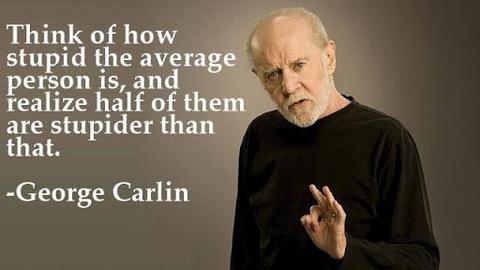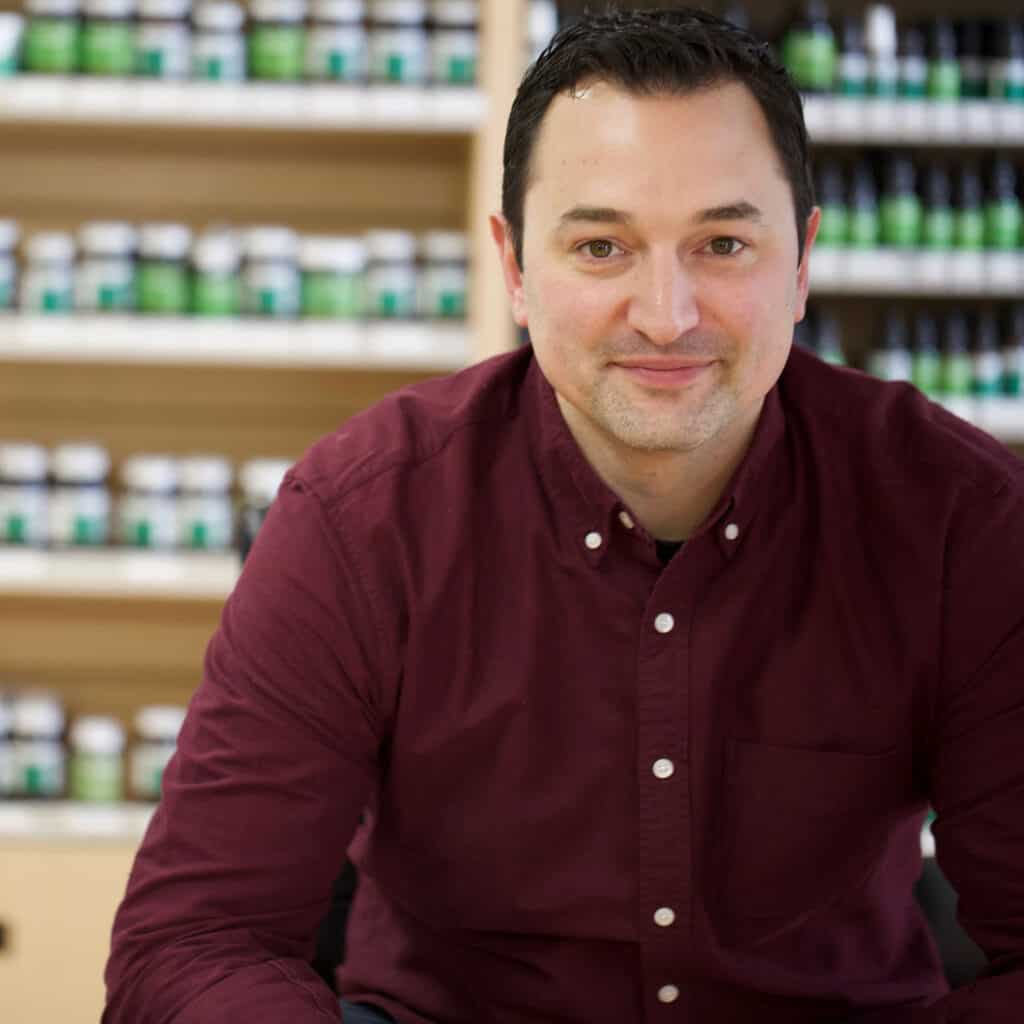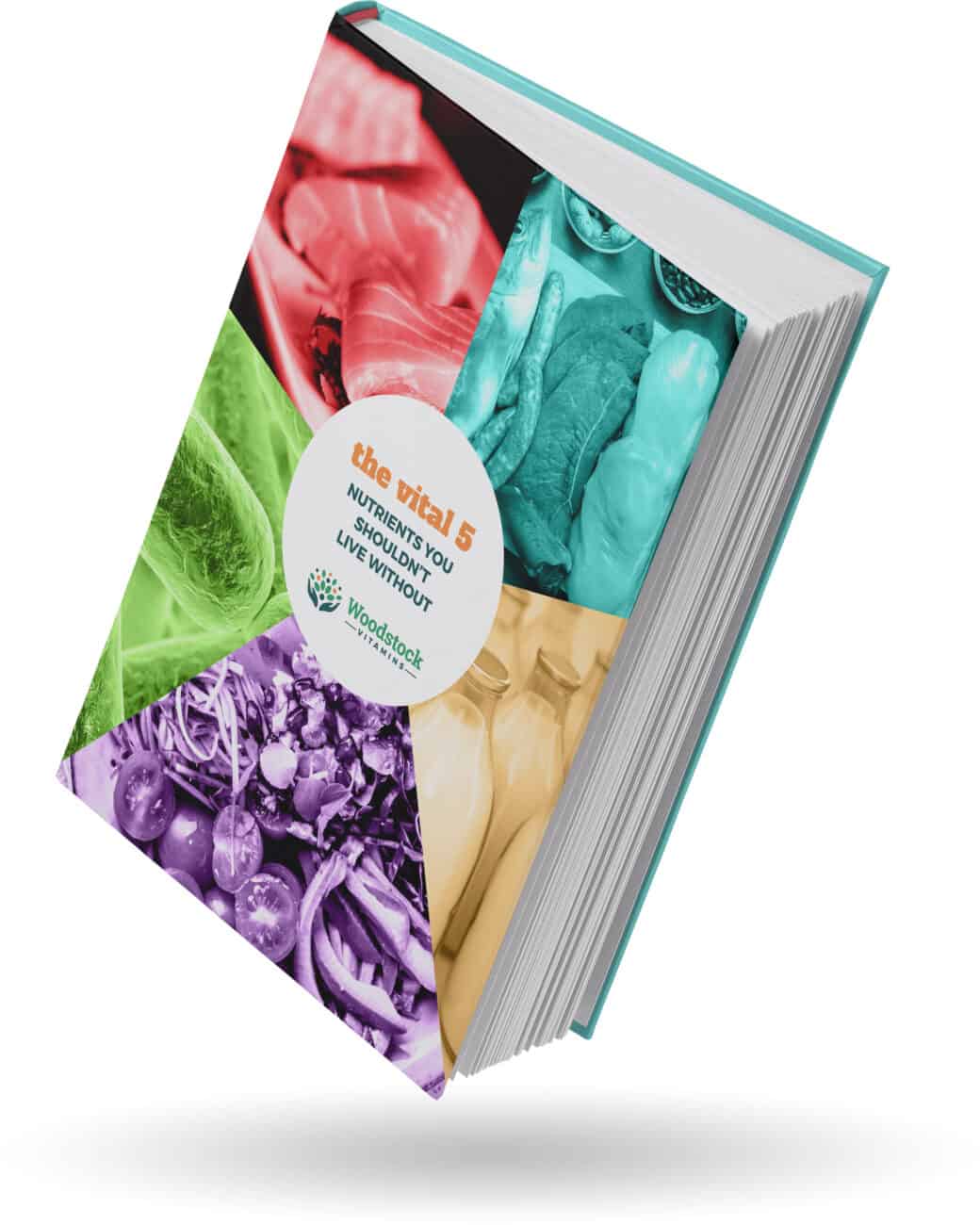Vitamin D is in the media once more. There’s been a release of some “papers” connecting Vitamin D levels to higher survival chances with COVID-19. Let’s talk about Vitamin D a little bit and how these “papers” and resulting discussion are wrong, but also right.
I’ve written a pretty thorough article on Vitamin D. It’s a tiny bit out of date, so we’ll be revising it soon. Let this article serve as the newest info, reflecting a more aggressive stance at correcting Vitamin D levels.
All Whitepapers are Not Equal
In the past, we’ve spoken on how to do proper research. The top line message is, “Don’t believe the scientific media!” News articles about studies are often hype-filled half-stories meant to grab attention and not deliver scientific truth.
This is the case with the current Vitamin D hype. The paper, found here is new research that looks at a small segment of people who have been hospitalized for COVID and tries to connect their Vitamin D levels to survival. This is important information to ascertain. I’m not hating the player, just the game.
They found that a number of people who died or were in the ICU had Vitamin D levels below normal, also called Vitamin D Insufficiency (VDI). Here’s a summary of some of their findings:
- 65% VDI patients required ICU admission
- Prevalence of VDI in ICU patients was 84.6%, vs. 57.1% in floor patients
- 100% of ICU patients less than 75 years old had VDI
At first glance, this is shocking, terrible, and preventable.
On our podcast, Dr. James Heathers spoke about scientific media. He used a great analogy: think of individual studies as a single word or a sentence in a novel. Higher-quality studies are longer, fuller sentences. Low-quality ones are words or phrases that may or may not even fit with the story itself.
Is this a low-quality study? I believe so. Here are a few reasons:
- It hasn’t been peer-reviewed yet
- This was retrospective. They had to dig through the records of the hospital and find people that they had Vitamin D levels for. That skews the information a bit, to say the least.
- There were only 20 patients
- 15 of the 20 were African American, whom have lower Vitamin D levels due to melanin content of their skin
- The p-value is really high, which my Biostats teacher is telling me is bad
The weaknesses of this study don’t make it irrelevant, though. This Vitamin D white paper highlights something, but I believe people are taking the wrong message here.
I believe this paper highlights somethings that we’ve already known for a while about Vitamin D: there is some connection to respiratory distress and how most of us have crappy Vitamin D levels.
Vitamin D Insufficiency and Respiratory Disease
A respected 2017 paper connects Vitamin D Insufficiency (VDI) to acute respiratory disease. The lower your blood levels of Vitamin D, the more likely you were to get sick and for longer, compared to people with higher numbers.
Literature has been off and on about this around that time and since. Some studies show no benefit, some do. It seems that when you compare similar age groups and use more modern definitions of normal, the difference seen in respiratory disease is greater.
Does this mean we need to up our Vitamin D during cough and cold season? Does this mean I should pound Vitamin D to prevent COVID-19? Nope. All it means is that we have more justification for calling Vitamin D a Vital Five supplement.
Vitamin D is Vital
Our approach to true holistic care is called the Holistic Standard. In it, the Wellness Pyramid is our model for comprehensive care, stressing lifestyle choices first, then the strategic use of supplements second, and medical care when appropriate. Pair the Pyramid with the Supplement Quality Standard, our standards for true quality in supplements, and you’ve got yourself a winning system for optimized wellness, based on science and not BS.
We believe there are 5 nutrients almost everyone would benefit from because they are difficult to get, even in the best diets, and have benefits on more than a single body system when we do.
These are:
- Omega-3
- Probiotics
- Bone Support (Calcium and Vitamin D, plus their friends)
- Protein
- Micronutrients
We’ve been screaming off the rooftops that we need to get more Vitamin D in our lives. It seems that most Americans are low. The NIH reports that they consider 50 nmol/L to be the level needed for optimal bone health. Most Americans, according to them, are deficient. The average is 56 nmol/L. While that is over the threshold, I must quote the great George Carlin about averages:

This isn’t an assault on intelligence (though we could with these darn protestors, amirite?), but a funny way to remind people what an average number means…
Vitamin D is vital because of its benefits on bones. As an added justification for Vitamin D, it seems that most of us don’t have the level considered optimal.
I know this article is about Vitamin D and respiratory illness, but I want to teach you something very important: the non-skeletal benefits of Vitamin D are unclear.
Studies, like the one highlighting the benefit of Vitamin D in COVID-19, as a whole, are inconclusive. There are two themes that come out, regardless of the outcome:
- Vitamin D has a strong role in bone health that’s well documented
- Vitamin D Insufficiency may cause other problems, so let’s ensure we have enough Vitamin D in our blood
How do you prevent Vitamin D insufficiency? Supplements are best. Let’s give you the crash course!
Neal’s Vitamin D Recommendations
Vitamin D Dosing
First off, my stance is that the 50 nmol/L goal set by NIH is too low. This is based on the Endocrine Society’s Clinical Practice Guideline in 2011. They believe we should shoot for 75 nmol/L (which is the same as 30 ng/ml).
With that in mind, we need much more Vitamin D than the NIH’s recommendations of 6-800 IU daily and our Vitamin D gap is even bigger.
There are two dosing recommendations we give to doctors based on the patient’s Vitamin D status:
- If the Vitamin D status is unknown, the most a patient should take is 2000 IU daily. Here’s how it breaks down:
- Pregnant and post-menopausal women: 2000 IU daily
- Everyone else 18+: 1000 IU daily
- If the Vitamin D status is known and below 75 nmol/L, they should supplement with 5-7000 units daily for 12 weeks.
- (This is accomplished easily with a 90 count of Vitamin D 5000 IU)
- After the 12 weeks, they drop down to the 1-2000 IU recommendation.
Here’s an example: Neally Schmoller, a 39 year old patient who gained the Freshman 15 and the COVID 19, has a Vitamin D level of 25 nmol/L. We would start him on 6000 IU daily for 12 weeks, then drop him down to 2000 IU daily. He can use a 2000 IU softgel to make life easy. He takes 3 daily for 12 weeks, marking his stop date on the calendar, then changes to 1 daily.
Here’s another example: Mama Bear is a 65 year old woman with an unknown Vitamin D level. Until she knows what her actual level is, she should take just 2000 IU daily of Vitamin D. If her levels come in low, then she can bump up to the 5-7000 IU recommendation.
It should be noted that the 7000 IU number is my upper limit because the prescription Vitamin D is 50,000 IU a week, which is about 7000 units every day.
These doses are enough to take someone deficient and bump them up 20-30 nmol/L. Once you’ve gotten closer to your deficiency being corrected, your Vitamin D will level out a bit and increase at a slower rate over a longer time period.
These doses are also far better than the insane mega-dosing recommendations that are circulating. Most people don’t need and shouldn’t take more than what’s listed above. It’s tough to overdose on Vitamin D, but it’s possible, especially if you’re Gary Null and your company stinks at making good products.
Vitamin D Sources
I prefer Vitamin D3 in an oil form. This means a softgel or a liquid.
The reason for this is that Vitamin D3 is more efficient at raising Vitamin D blood levels. Also, skipping a dose or two of Vitamin D3 doesn’t dramatically affect your overall Vitamin D status.
Vitamin D2 works, but just not as efficiently.
That being said, Vitamin D2 is now considered the same as D3 as long as you take it every day as directed. It may take a little bit longer to hit your target dose than with D3, but you will get there and stay there as long as you stay compliant.
Vitamin D supplements come from 4 sources:
- Lanolin. A fat found in sheep wool is converted to D3.
- Cod livers. The fish liver is squeezed and D3 is extracted.
- Lichen. Lichen produce D3 when exposed to sun. This is vegan.
- Mushrooms. Mushrooms have a compound like the fat found in sheep’s wool, that when exposed to sunlight, makes Vitamin D2. This is also vegan.
To make life easier, I linked our product options above to the type or source.
D3 from lanolin is no different than cod liver or lichen. It’s all the same; they all will impact our bodies the same way, because they are all the same exact compound.
Vitamin D and the Sun
There are too many variables at play to reliably consider sun exposure a solid source of Vitamin D. Seasonality, sunblock, and our sedentary lives, the Sun just isn’t an option. Supplements are the way to fly.
If you spend a lot of time in the sun, you may be able to adjust your supplement doses down or skip them entirely. Get a Vitamin D level done to be sure—but make sure you get it done in the months you get the least sun.
Please, go outside. For your Vitamin D, most of us should just supplement for consistency. If you are outside, just don’t jump on that perineum sunning trend.
The COVID-19 Unknown
In reading the discussions of these papers or Vitamin D’s role in COVID-19, I’ve seen lots of very interesting, plausible theories. The problem is, they’re freakin’ theories!
There’s so much we don’t know right now. We don’t even know the full scope of symptoms for COVID-19 yet; they keep adding more as we get more data from across the world.
There are many bloggers—with credentials—spamming conversations with link after link of “papers” supporting their position. The problem is those papers, right now, have way too many “coulds” and “maybes” in them. These well-meaning experts are theorizing at best.
It’s too difficult of a time to speculate. Too many people are paying attention to every conversation, hanging on every word of anyone they deem remotely credible. My closing thoughts are threefold:
First, healthcare professionals: choose your words wisely. I’ve learned this a bunch on my Facebook page. It’s best to not speculate unless JUST speaking with colleagues. Don’t change your minds based on links alone, as always, because there’s not a lot of concrete (or even semi-solid) information out there.
Second, to the rest of us: Look to the recent events around remsidivir on how a good treatment option will roll out. That drug was explored in a relatively decent-sized study and not this major, huge, “Pharma” trial. It showed *some* positive benefit, and almost instantly it’s being approved and adopted. The wheels move fast. If they’re not moving fast, it’s not because we’re not looking, it’s probably because the treatment option probably doesn’t have legs.
Don’t go down the rabbit hole or get frustrated because people are rejecting one treatment or another. If there’s any hope, we’re all in on whatever can help.
Third, regardless of the trials and regardless of COVID-19, our Vitamin D levels are often too low. It’s time to make like the Wolf of Wall Street:

Vitamin D is a Vital Five supplement for a reason. It has its largest role in maintaining bone health. Even if you have strong bones, there’s a chance your Vitamin D levels are far below what is considered optimal. Whether you target 50 nmol/L or 75 nmol/L, we just need to pump these numbers up.
There’s not much we know about the non-skeletal benefits of Vitamin D, so even if you do correct your numbers, that doesn’t mean you’ll necessarily be any more “safe” during this pandemic.
The point is, you probably need to use Vitamin D supplements to get those numbers up. Start today, go slow, but go.
Just trying to keep it real…

Neal Smoller, PharmD
Owner, Pharmacist, Big Mouth



